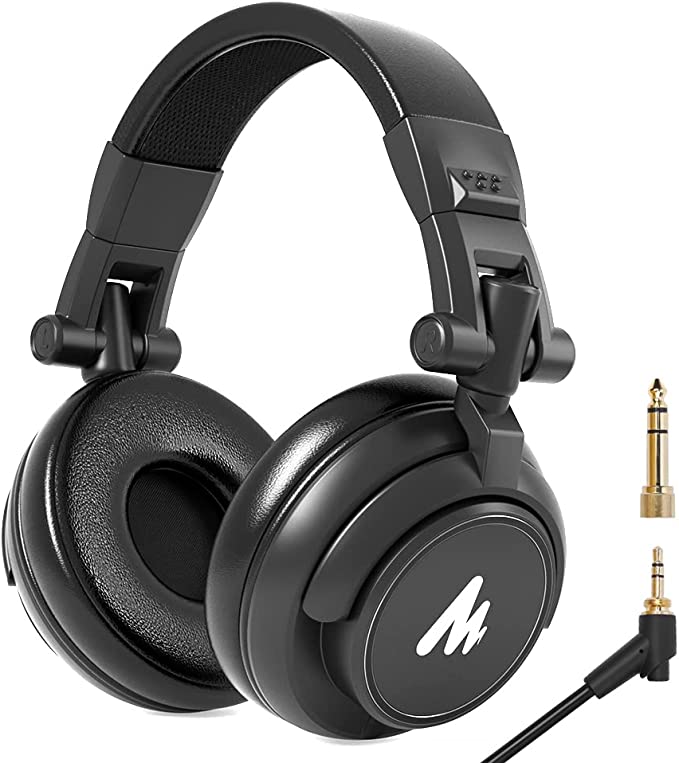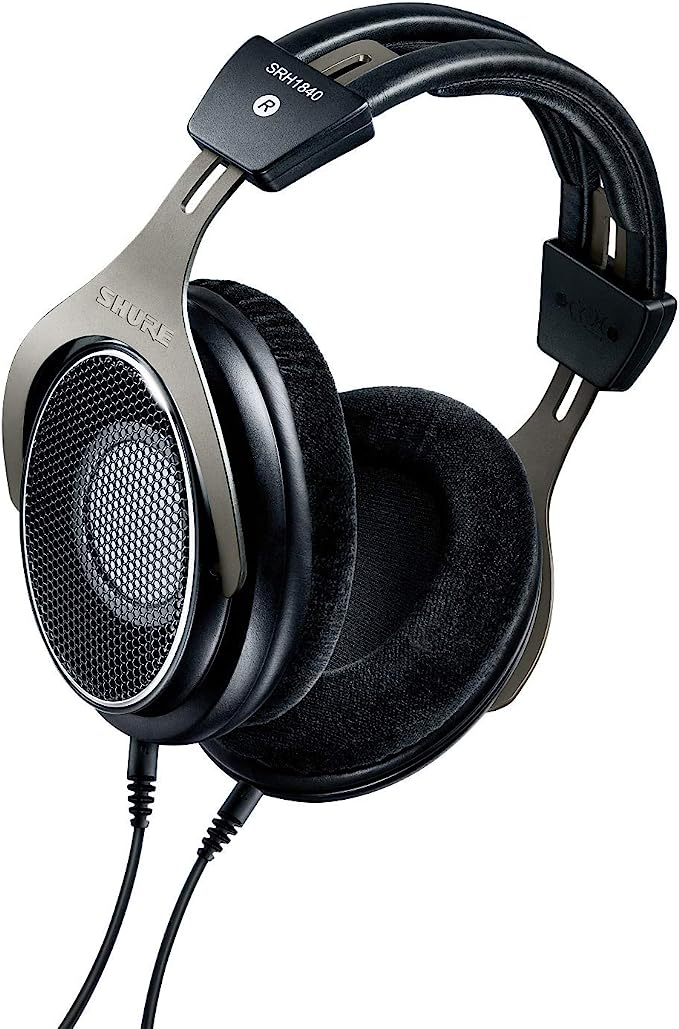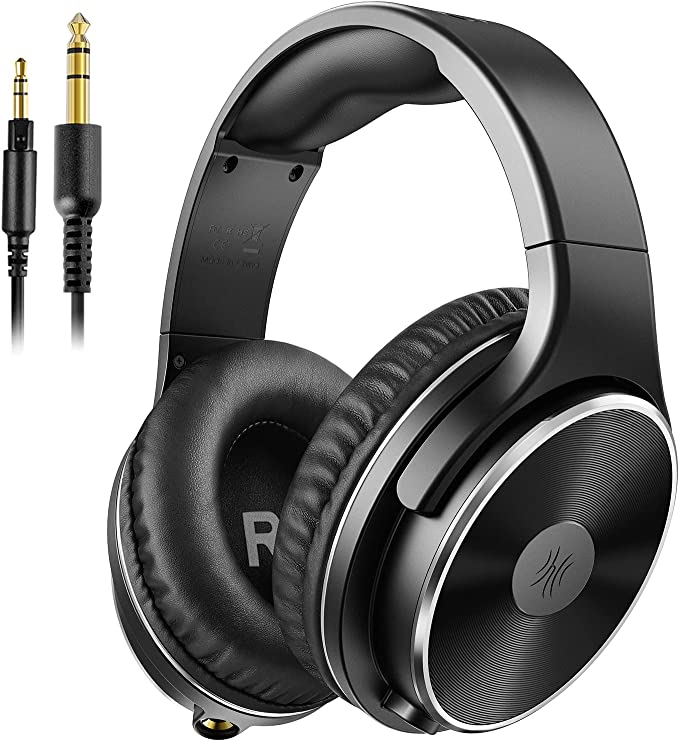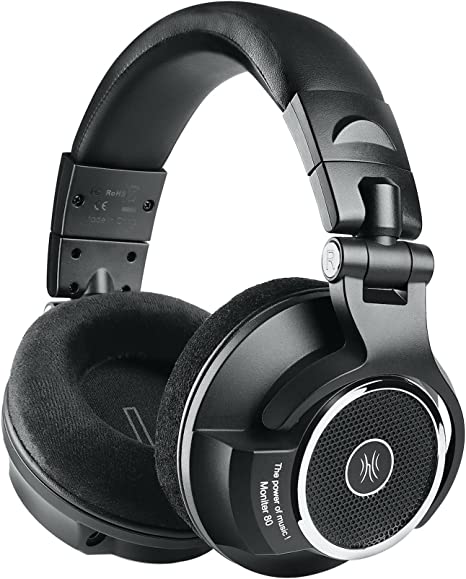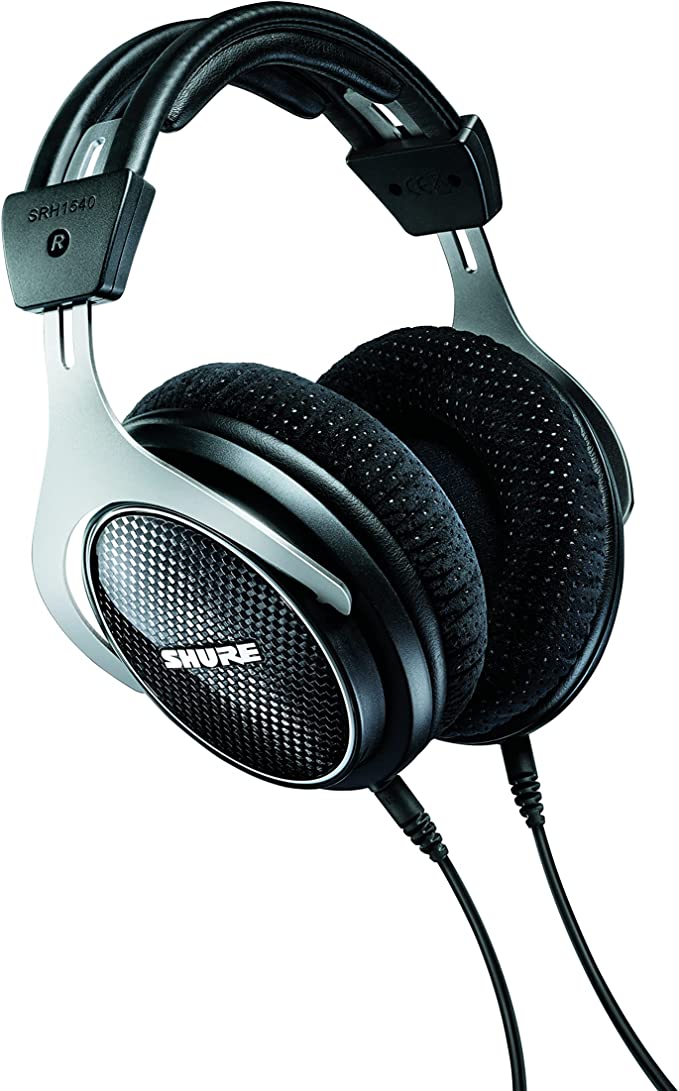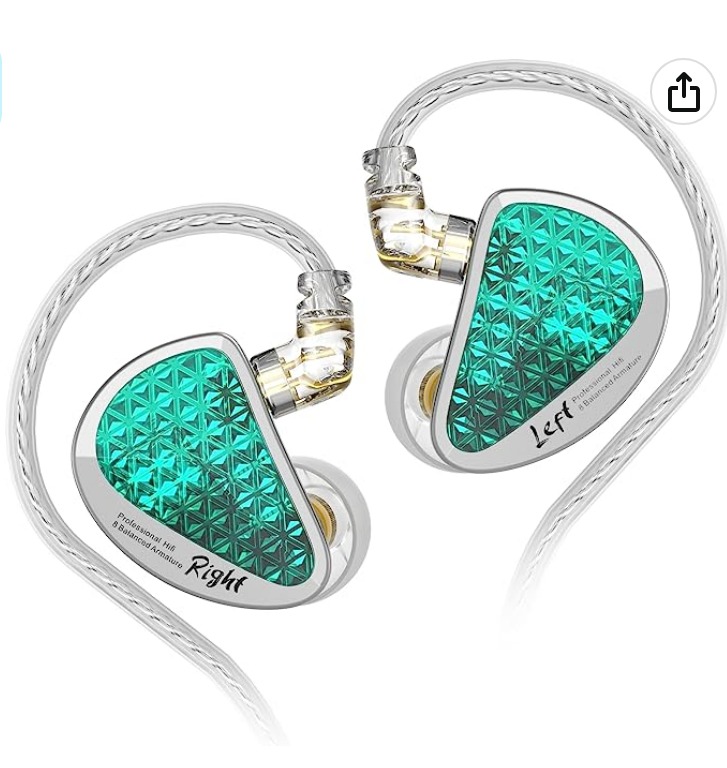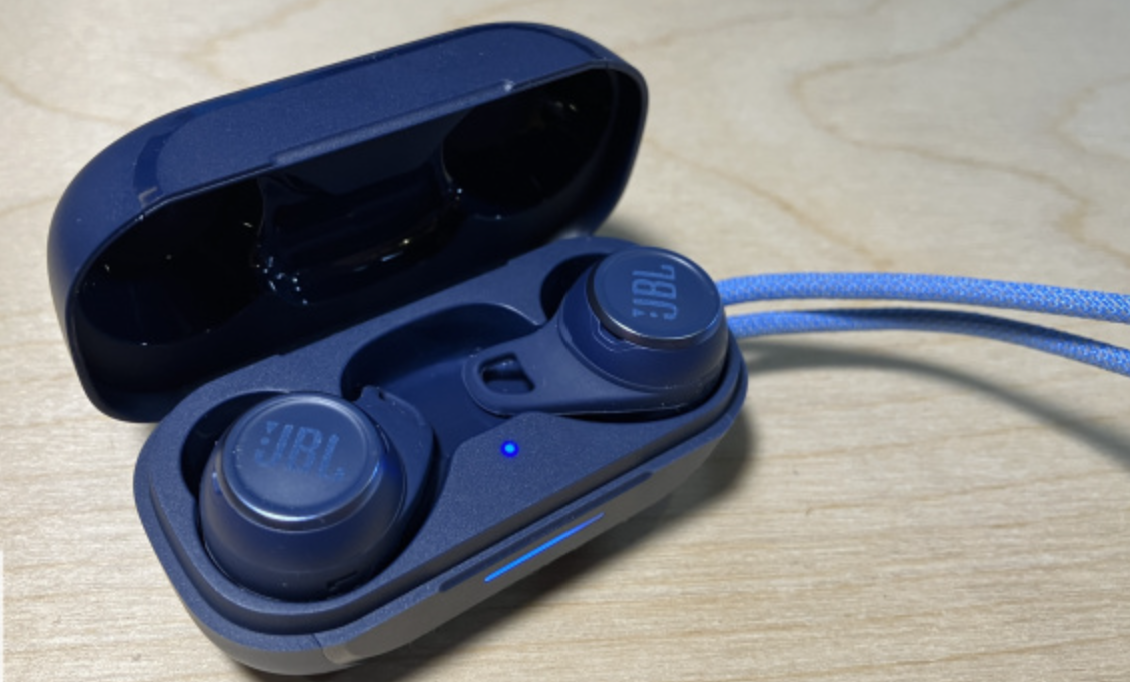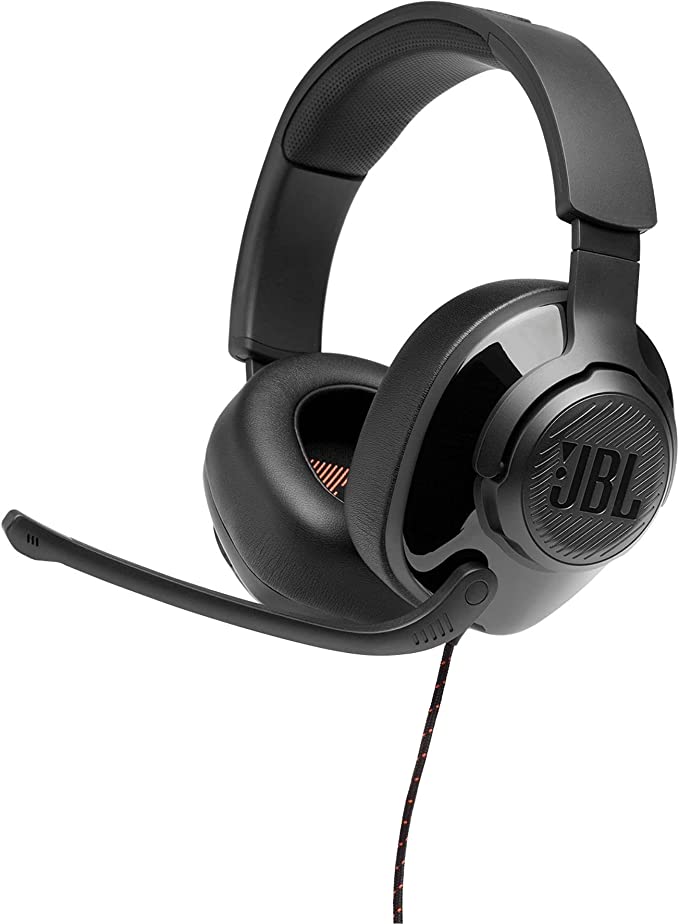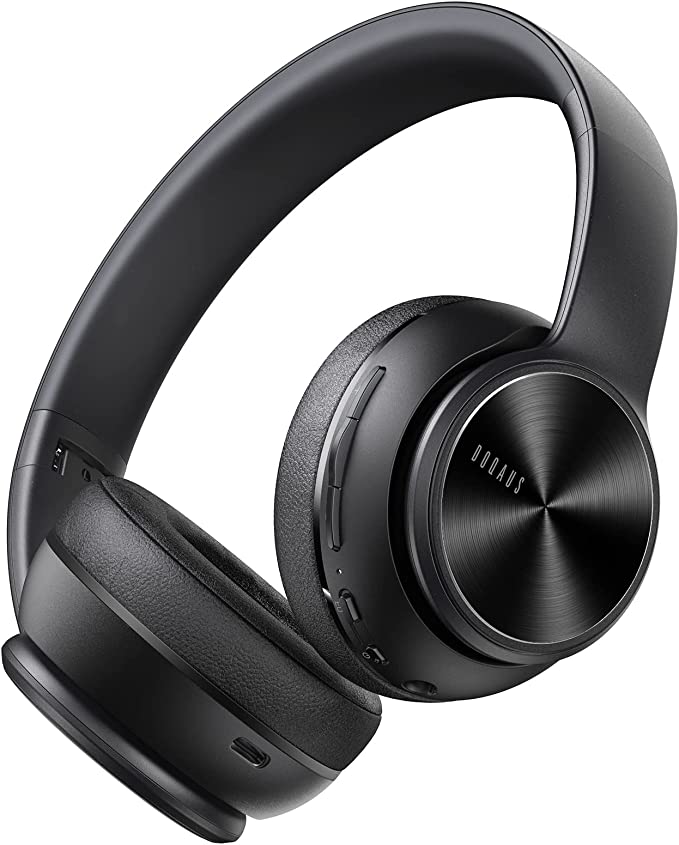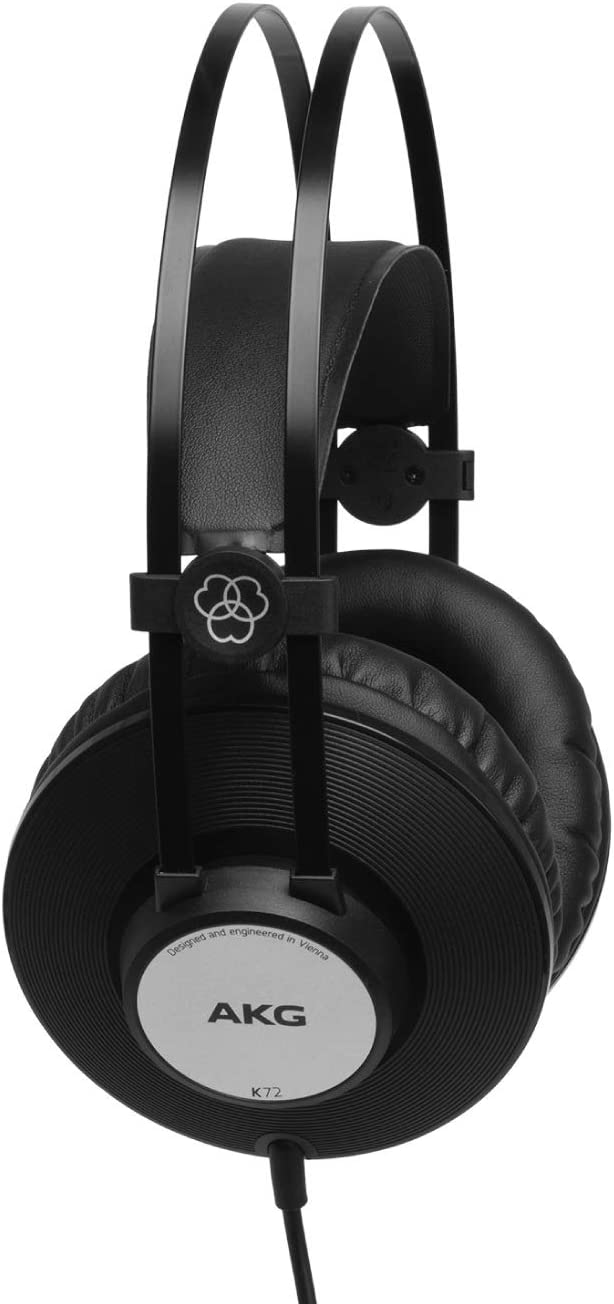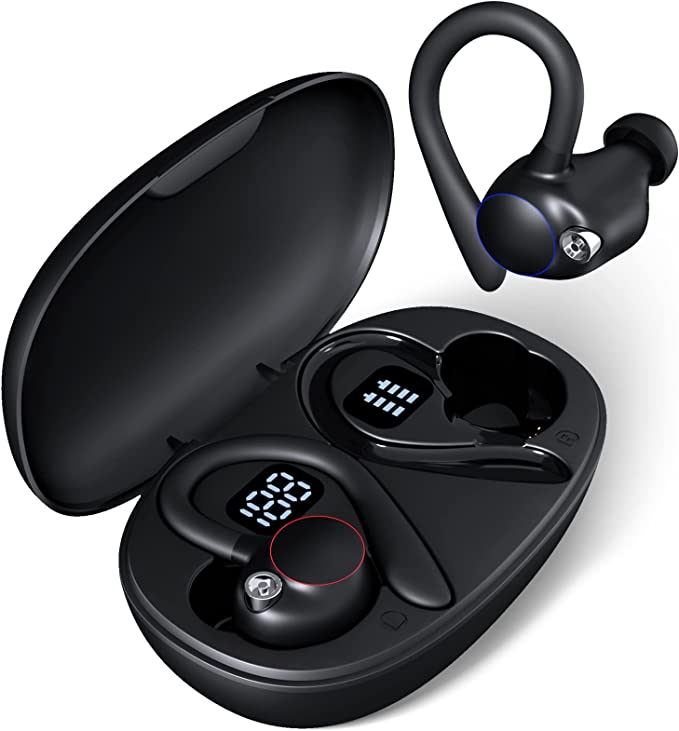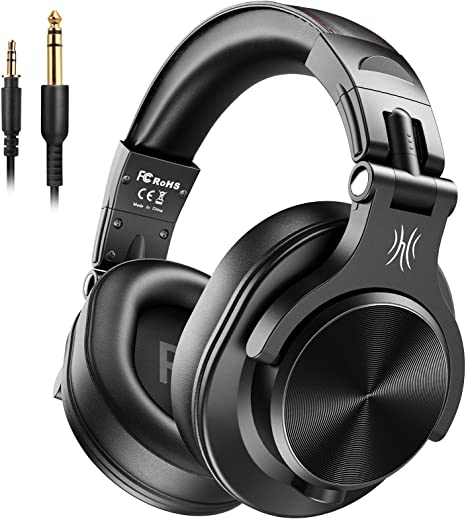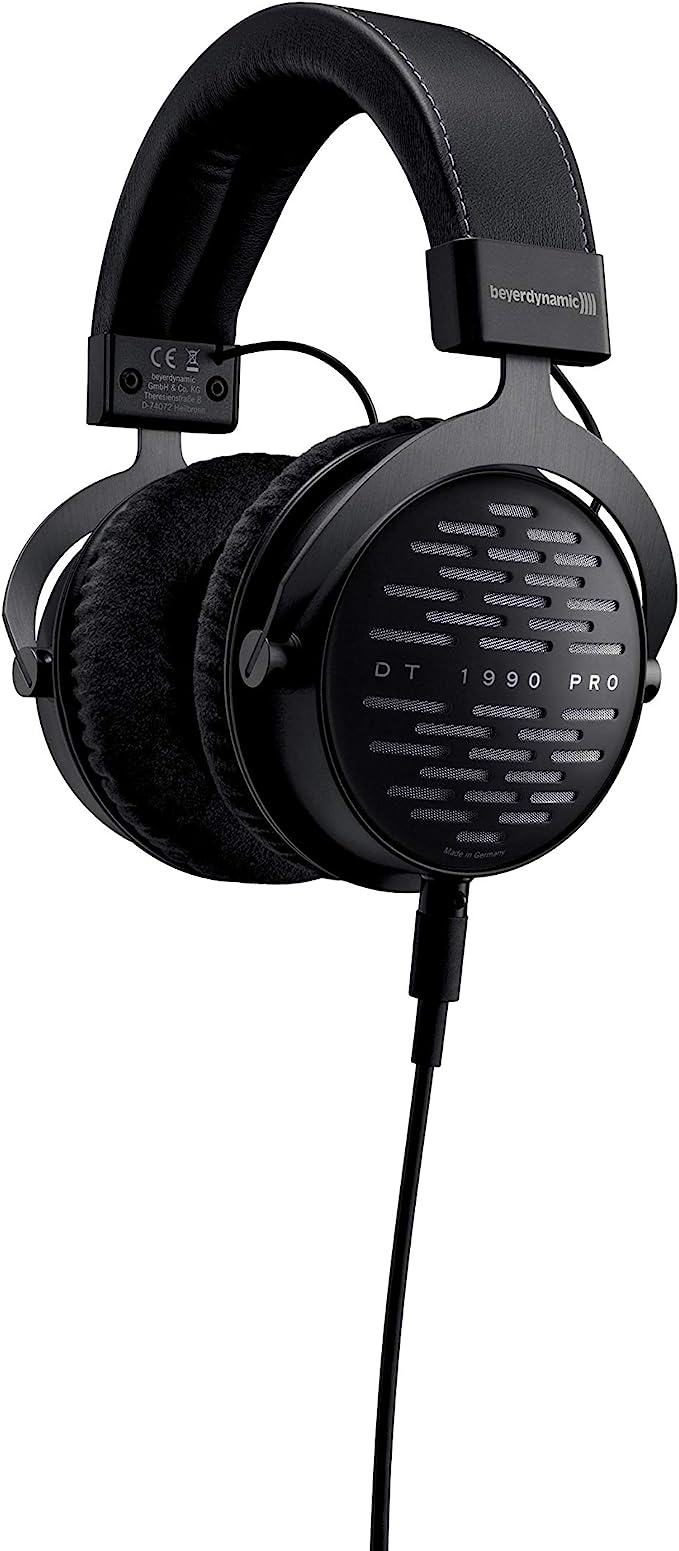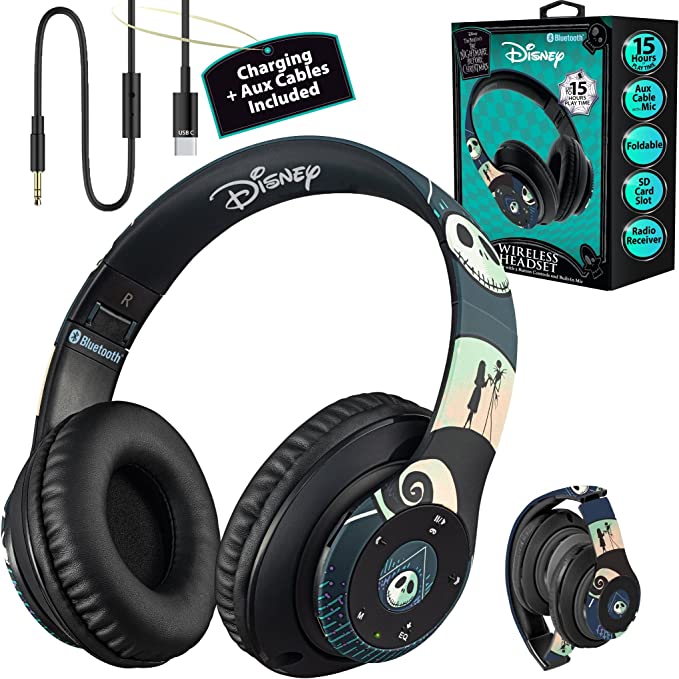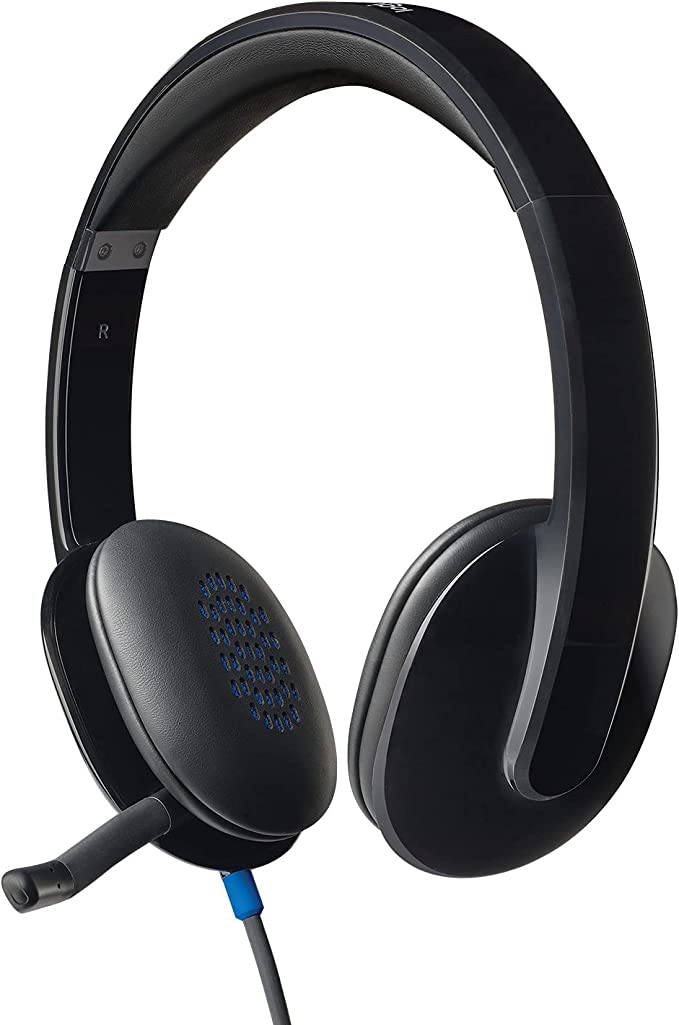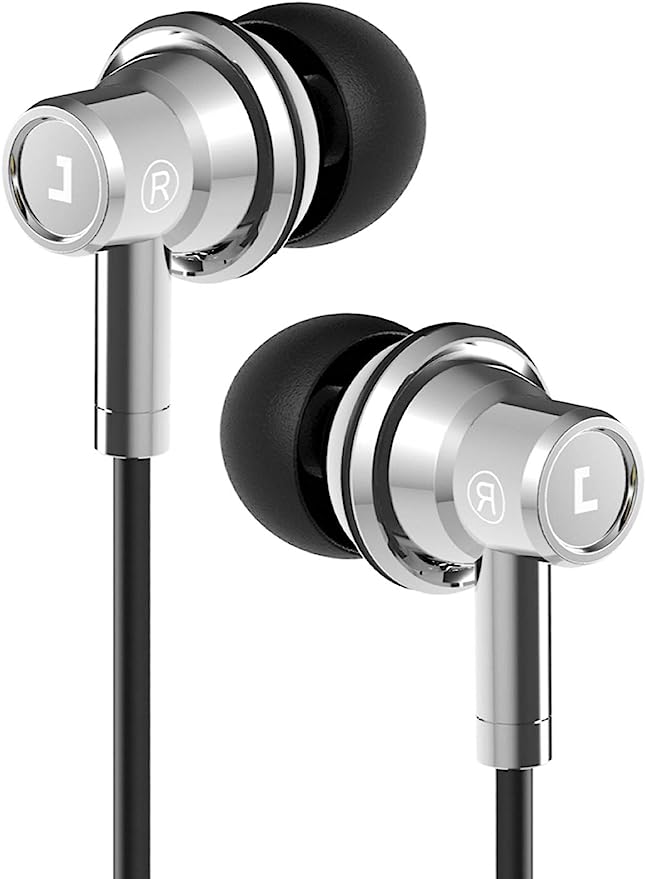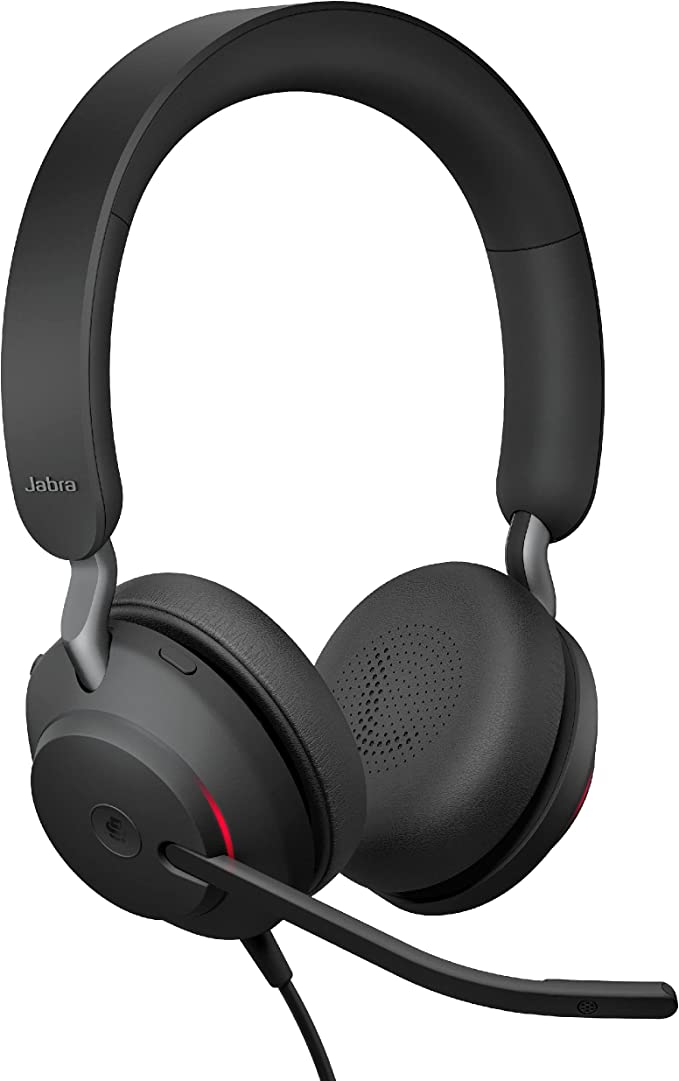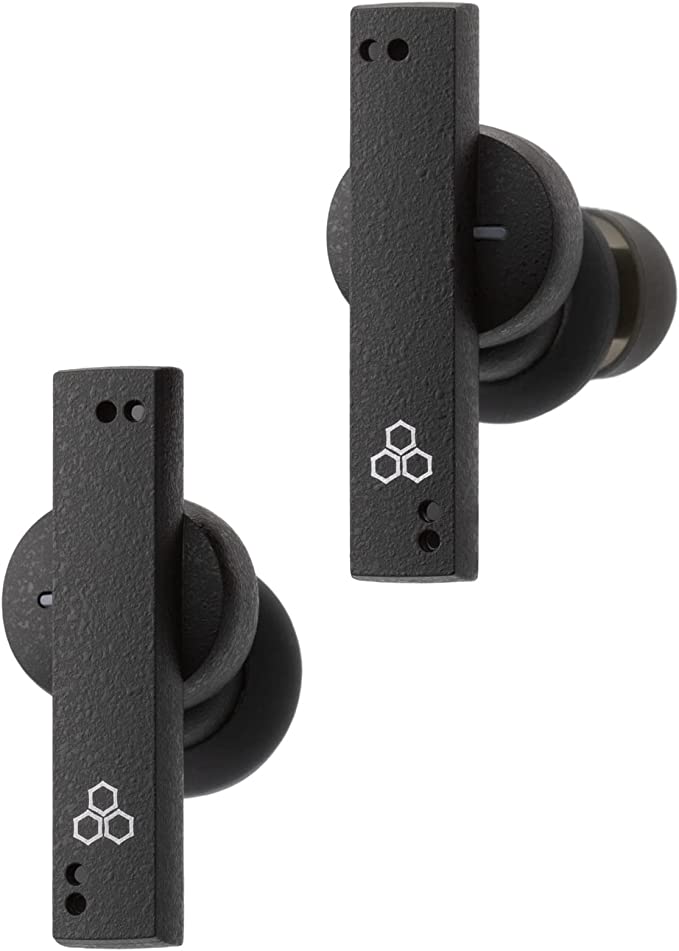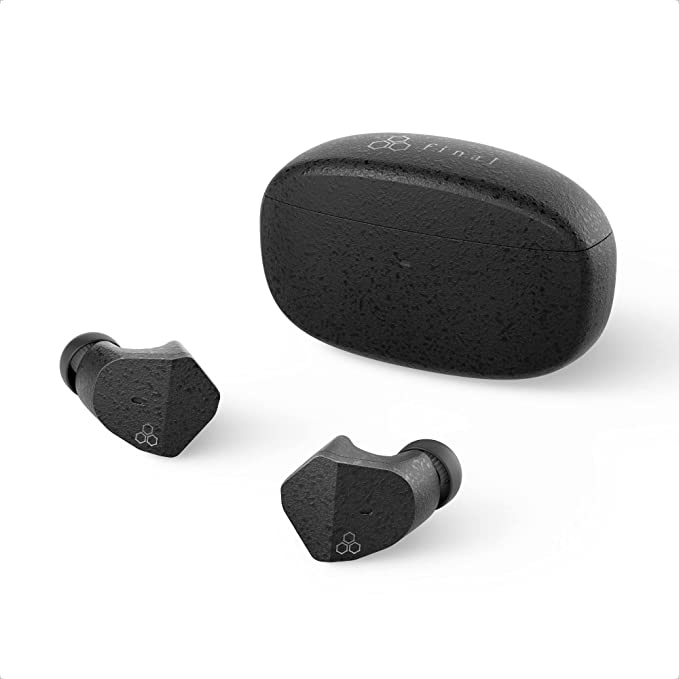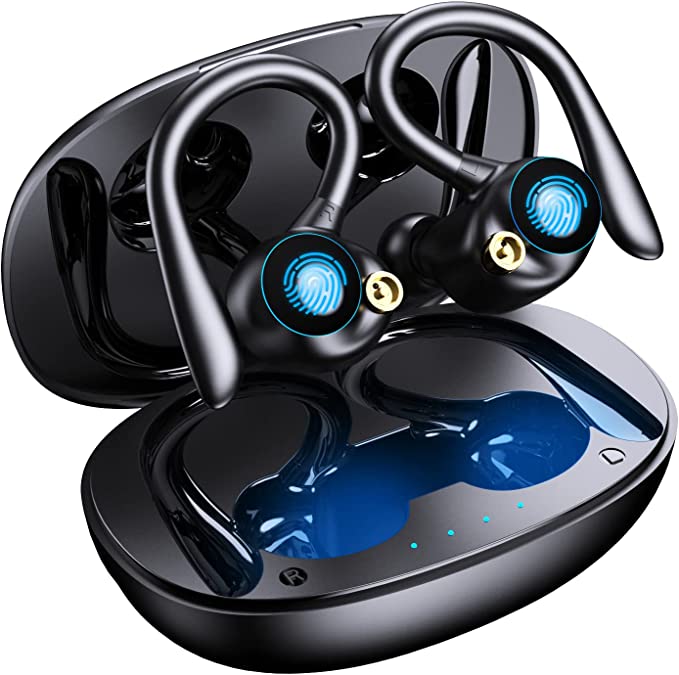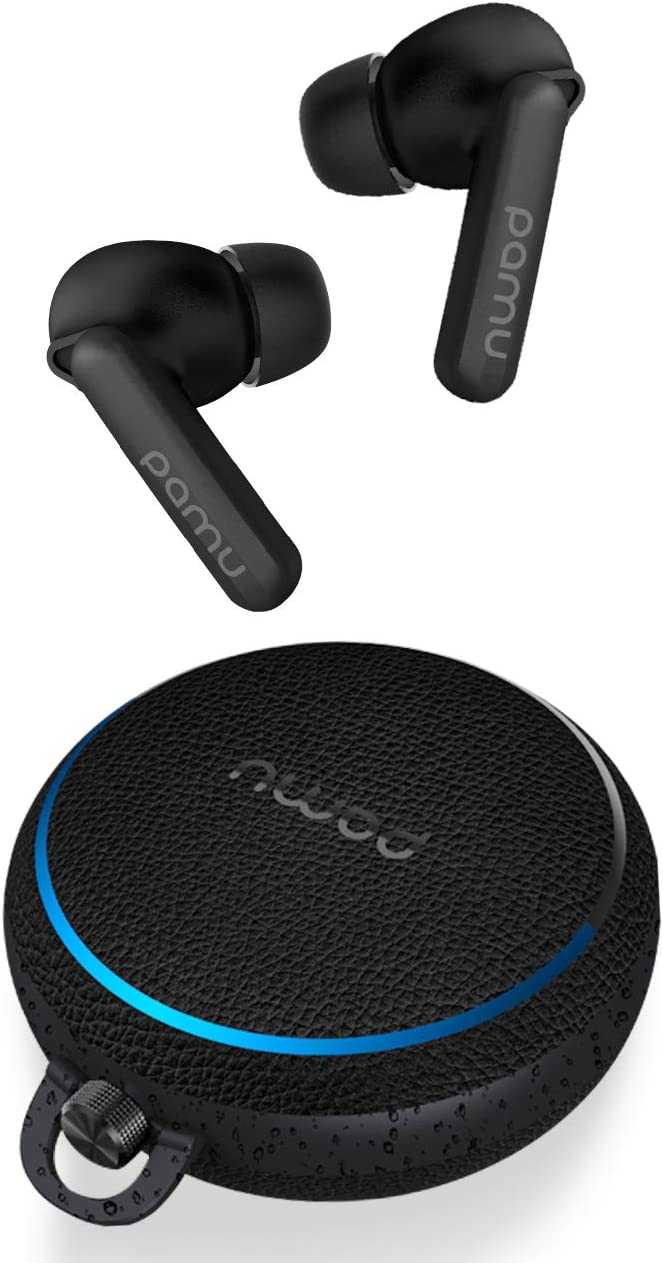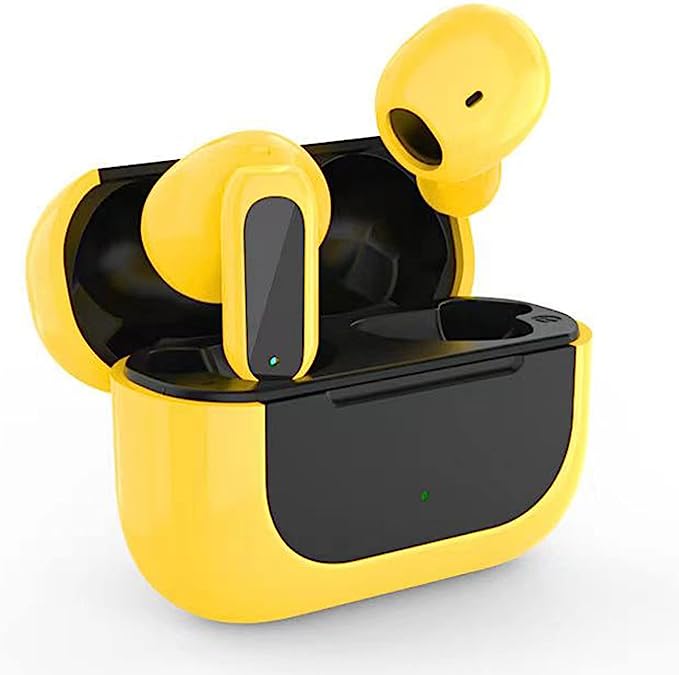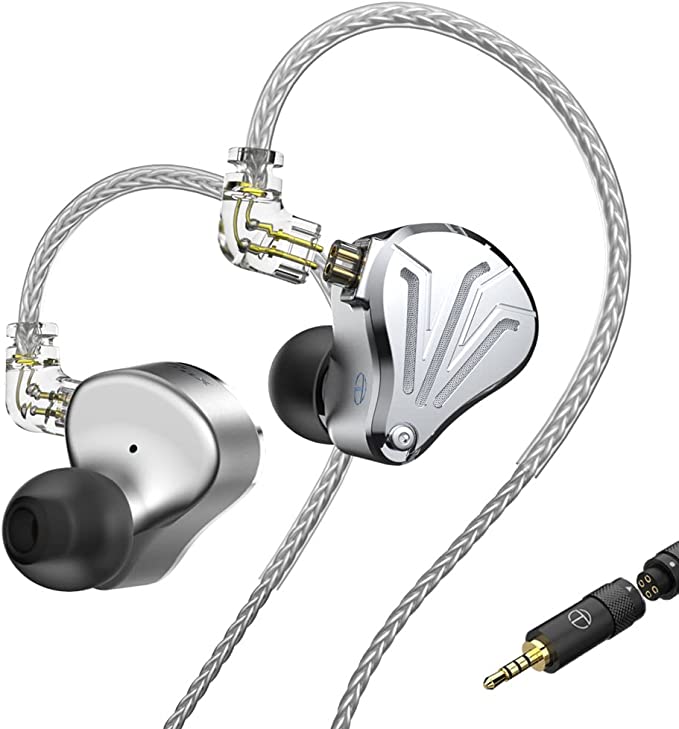The Architecture of Critical Listening: Deconstructing 50mm Drivers and Closed-Back Isolation
Update on Nov. 23, 2025, 6:55 p.m.
In the audio industry, there is a fundamental distinction between “listening” and “monitoring.” Consumer headphones are designed to flatter the music, often boosting bass and treble to create an exciting “V-shaped” signature. Studio Monitor Headphones, however, have a different mandate: Honesty. They are precision tools designed to reveal flaws, balance frequencies, and present the audio exactly as it is.
The Status Audio CB-1 has carved a unique niche in this professional landscape. By aggressively pricing itself against industry titans like Audio-Technica and Sennheiser, it poses a provocative engineering question: Is it possible to deliver professional-grade acoustic performance on a budget by ruthlessly prioritizing internal components over external materials?
To answer this, we must dissect the physics of its massive drivers and the acoustic implications of its closed-back architecture.

The Physics of Diameter: 50mm vs. 40mm Drivers
The industry standard for headphone drivers typically hovers around 40mm. The CB-1 utilizes 50mm Dynamic Drivers. This 10mm increase is not merely a marketing statistic; it represents a significant change in acoustic physics.
- Surface Area and Excursion: A larger diaphragm has a greater surface area. This allows it to move the same volume of air with less linear excursion (back-and-forth movement) than a smaller driver. Less excursion generally results in lower Total Harmonic Distortion (THD), particularly in the low frequencies.
- The Sub-Bass Advantage: While many headphones rely on resonance chambers to artificially boost bass (often resulting in “muddy” sound), a 50mm driver can reproduce sub-bass frequencies (20Hz-60Hz) with physical authority and speed. This is crucial for mixing engineers who need to hear the precise decay of a kick drum or the texture of a synth bass without it bleeding into the midrange.

The Neutrality Mandate: Defining “Flat” Response
The term “flat response” is the holy grail of monitoring. It means the headphone outputs all frequencies at roughly the same sound pressure level.
- Frequency Unmasking: In a colored headphone, bloated bass can “mask” the lower mids, making vocals sound recessed. The CB-1 aims for a neutral presentation. By keeping the frequency curve relatively flat, it allows the listener to perform “Critical Listening”—hearing the reverb tails, the breath of the vocalist, and the stereo separation of instruments without any frequency band dominating the others.
- Soundstage Paradox: Closed-back headphones traditionally suffer from a narrow soundstage (the perceived spatial width of the audio). However, the CB-1’s large, overstuffed ear pads create distance between the driver and the ear. This physical separation, combined with the angled driver placement, helps to simulate a wider acoustic space, mitigating the “in-head” feeling common to closed designs.
The Mechanics of Isolation: Closed-Back Utility
The “CB” in CB-1 stands for Closed-Back. In a studio environment, this architecture serves a functional purpose beyond sound quality: Isolation.
- Bleed Prevention: When recording vocals, an open-back headphone would leak the backing track into the microphone, ruining the take. The sealed ear cups of the CB-1 trap sound waves, ensuring that only the artist hears the mix.
- Passive Noise Isolation: The thick, memory foam pads create an acoustic seal around the ear. This passive barrier blocks external noise (like computer fans or HVAC hum), allowing the engineer to focus entirely on the mix. This makes them highly effective for Tracking applications where silence is paramount.

The Material Trade-off: Where the Budget Went
Every product is a balance of compromises. To deliver 50mm drivers and studio-grade tuning at this price point, Status Audio made a calculated decision regarding build materials.
- The “Plastic” Reality: The chassis is constructed almost entirely of plastic. While this keeps the unit lightweight (reducing neck fatigue during long sessions), it introduces structural vulnerabilities. The hinges and pivot points lack the metal reinforcement found in more expensive models.
- Fragile Precision: This dictates the usage case. The CB-1 is best treated as a Studio Instrument—kept at a desk or hung on a stand—rather than a rugged commuter headphone tossed into a backpack. It is a precision tool housed in an economical shell.

Connectivity: The Professional Standard
Unlike consumer headphones that often use standard 3.5mm cables, the CB-1 features a Twist-Lock Mechanism. * Cable Security: This proprietary locking system ensures the cable cannot be accidentally ripped out if stepped on during a recording session. It is a feature borrowed directly from professional gear, emphasizing the product’s intended use case. The inclusion of both a coiled cable (for console work) and a straight cable (for casual listening) further underscores its dual utility.

Conclusion: The Pragmatic Audiophile’s Choice
The Status Audio CB-1 is a triumph of acoustic prioritization. It is not a luxury item; it is a piece of utilitarian audio equipment. By focusing the engineering budget on the drivers and the tuning, it offers a gateway to Critical Listening that was previously gated behind much higher price tags. For the producer, editor, or listener who values the truth of the audio over the feel of the plastic, it represents a rational and highly effective investment.
